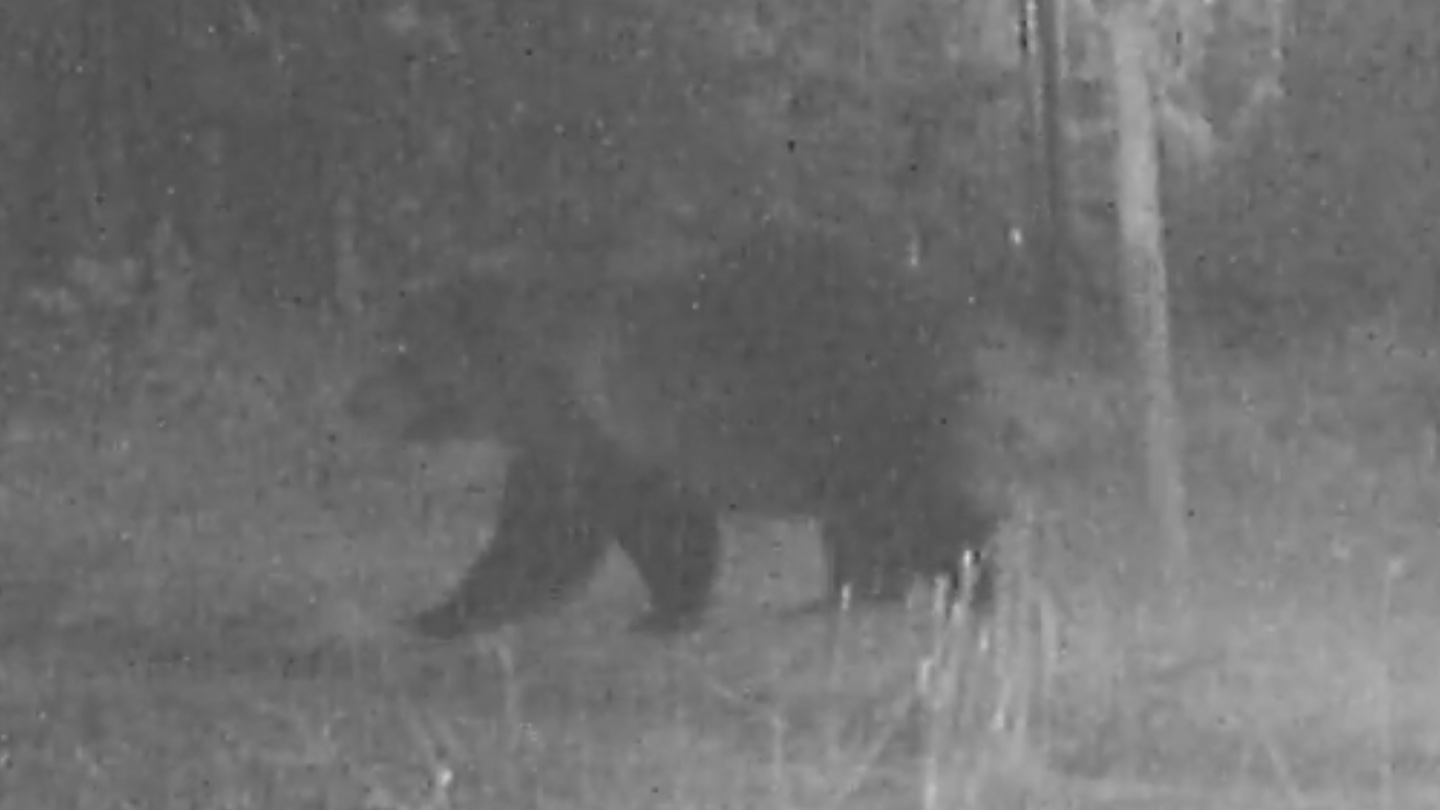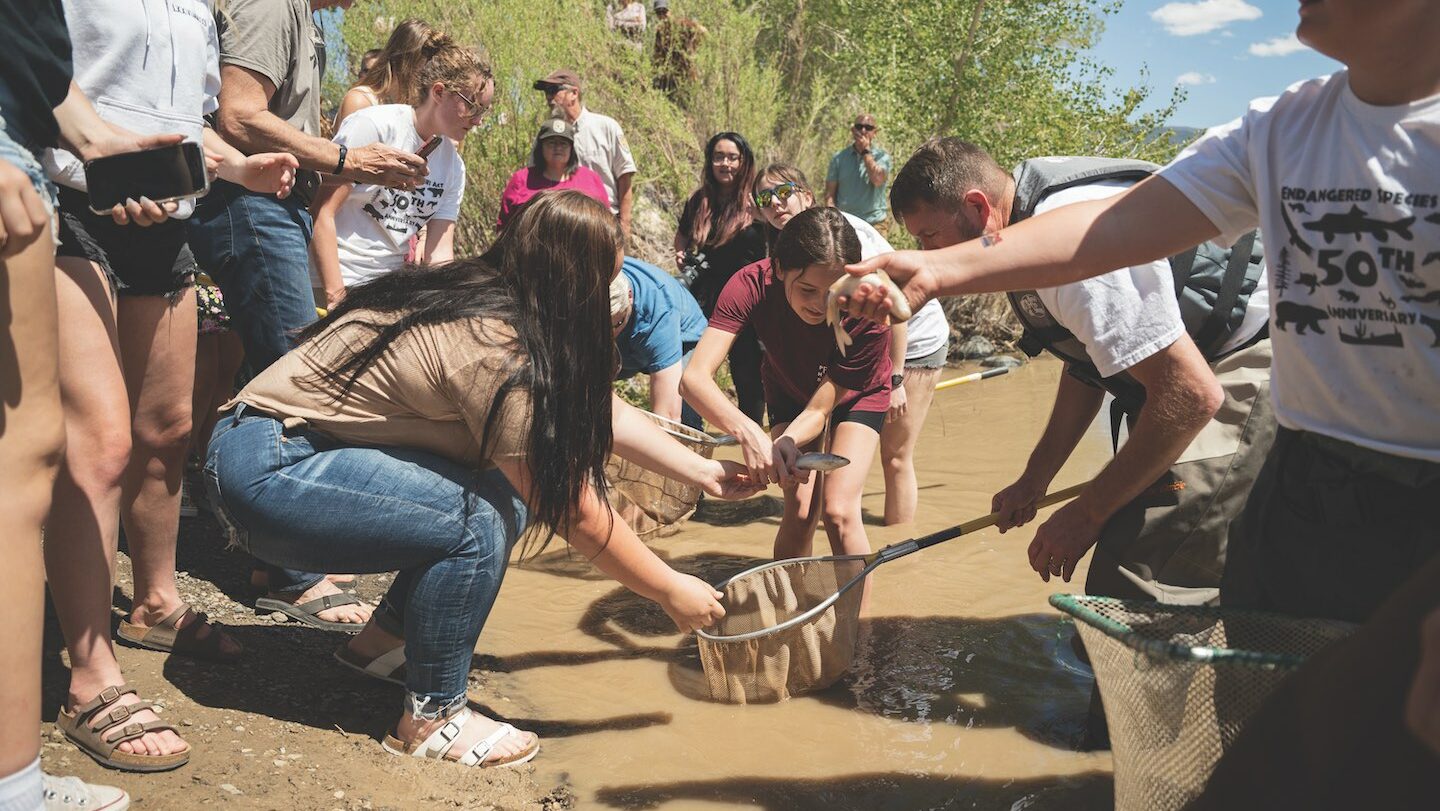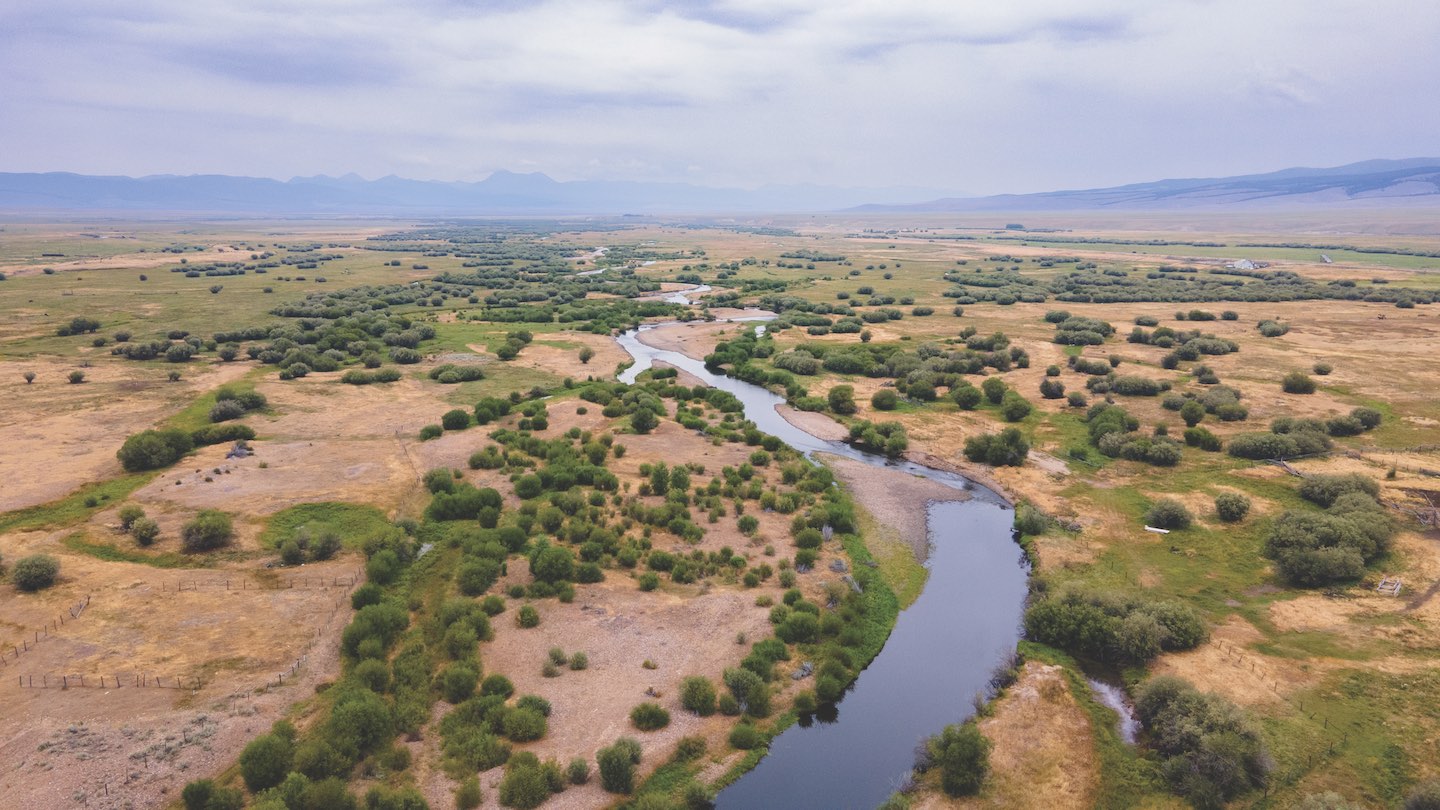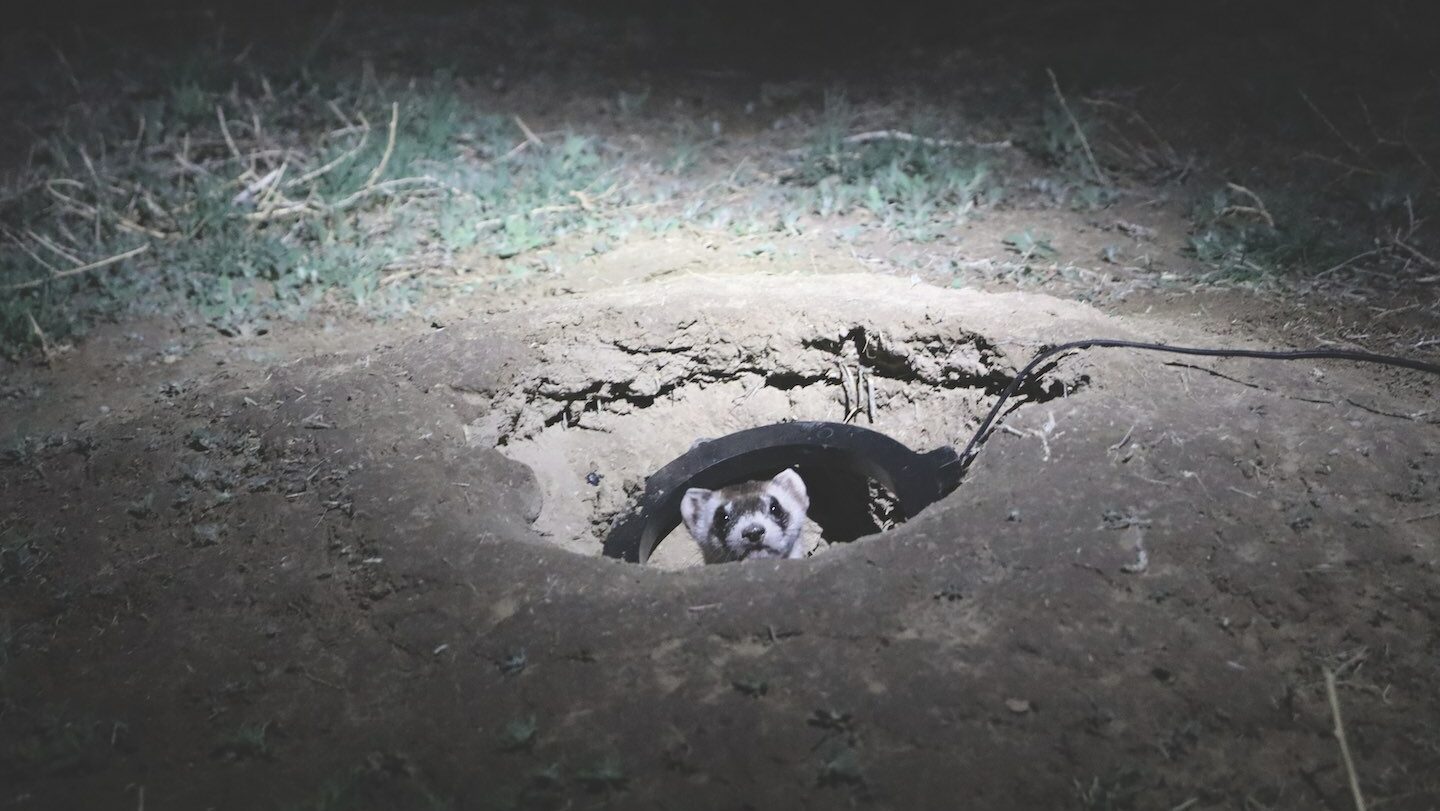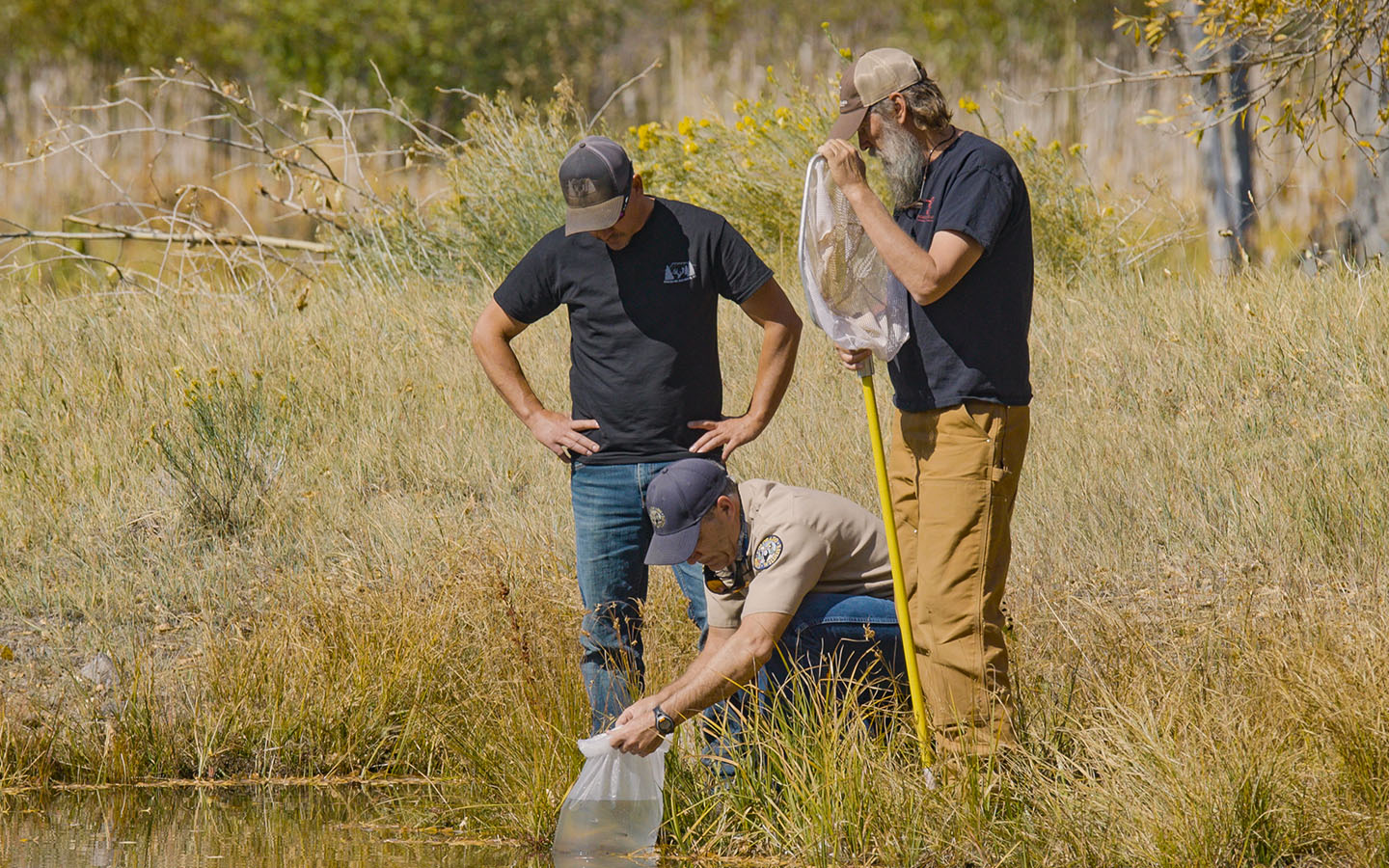Conservation without Conflict with Leo Miranda
Today, we’re talking about one of the most powerful - and often polarizing - conservation tools in the country: the Endangered Species Act. For over 50 years, the ESA has helped
Intelligent tinkering
Getting the next 50 years of the Endangered Species Act right. We knew the trout darting among the rocks in the tiny stream were special, though at the time, we didn’t
An official grizzly in the Big Hole
I don’t remember the name of the rider who called us that early morning in mid-July, 1982. We had a lot of turnover at the grazing association in the early
Teens take on species recovery
Colorado high school students release 250 endangered razorback suckers into the Colorado River, helping the endemic fish climb back toward safety. Fifty years after President Richard Nixon signed the Endangered Species
All together for the grayling
The beautiful fish that ignited a pioneering collaborative conservation model in Montana may not survive climate change. Was it worth it? In the summer of 1988, as apocalyptic wildfires ravaged Yellowstone
A comeback for the ages
Black-footed ferrets were once counted out. Their remarkable recovery now depends on creative collaboration between landowners and public wildlife managers. The rain finally let up, and the thunder quieted to a
The Ghost of the Prairie
Finding an endangered species on his ranch scared the daylights out of Russell Davis. What he did next may have saved his town. It’s before dawn, and a group of bird
The ESA at 50: Six steps to better outcomes for people and wildlife
Were it not for the Endangered Species Act (ESA), it is likely that bald eagles, humpback whales, whooping cranes, peregrine falcons and American alligators would no longer be with us
May Ranch partners CPW for black-footed ferret recovery
The Colorado Parks & Wildlife (CPW) Commission traditionally meets on the eastern end of our state for its November meeting. We do so, in part, to celebrate and highlight the
Trout, lost and found
Habitat restoration on private land happens more often than many think, and is more critical to biodiversity conservation than most recognize. 80% of threatened and endangered species depend on private
Study finds biodiversity stewardship incentives can be enhanced by regulatory assurances
Epanchin-Niell and Boyd found that incentives may be enhanced through increased availability of programmatic agreements, regulatory assurances, technical and financial assistance, and tailored protections for threatened species.



